 Ah, yes – now we’re into the meat of the story. Jin-e was an important antagonist in Rurouni Kenshin, no doubt about it – the first one who tied in the underlying themes of the series. But it’s the current group of opponents that represent the series’ full flowering as a reflection of Watsuki Nobuhiro’s writing style. Jin-e’s mini-arc was the transition from introduction to main story – the Oniwaban group is the real deal. Though not to quite the extent of Togashi Yoshihiro with Hunter X Hunter (where they virtually crowd out anything else), extended story arcs are the purest expression of this series.
Ah, yes – now we’re into the meat of the story. Jin-e was an important antagonist in Rurouni Kenshin, no doubt about it – the first one who tied in the underlying themes of the series. But it’s the current group of opponents that represent the series’ full flowering as a reflection of Watsuki Nobuhiro’s writing style. Jin-e’s mini-arc was the transition from introduction to main story – the Oniwaban group is the real deal. Though not to quite the extent of Togashi Yoshihiro with Hunter X Hunter (where they virtually crowd out anything else), extended story arcs are the purest expression of this series.
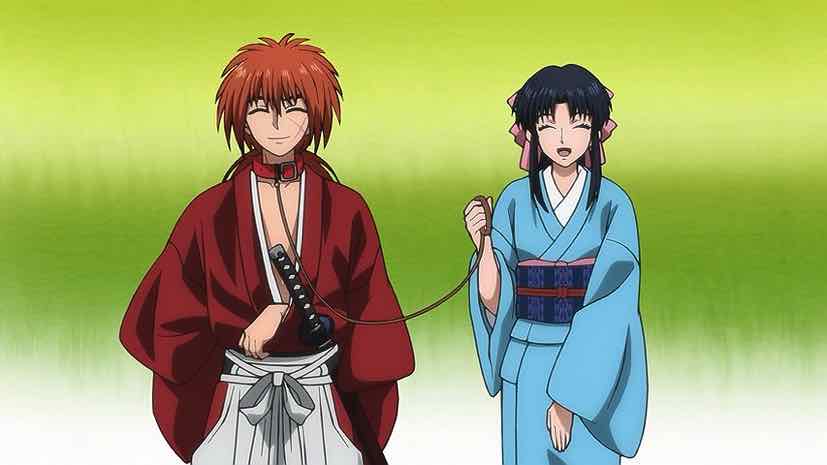 The Oniwabanshuu are not the only important additions here. As the episode begins Sano has dragged Kenshin off to his local gambling dive, keen to put Hiten Mitsurugi Ryuu to work at reading the roll of the dice. This is no real challenge for Kenshin of course, and while he disapproves he has no answer for Sanosuke’s reminder that his sakabatou is just as illegal as gambling. But Sanosuke’s hot streak is interrupted by the arrival of a young woman (Oonishi Saori) fleeing a couple of thugs. The woman, Megumi, immediately gloms onto Kenshin and Sano as the two strongest guys in the room, and thus the best suited to protect her.
The Oniwabanshuu are not the only important additions here. As the episode begins Sano has dragged Kenshin off to his local gambling dive, keen to put Hiten Mitsurugi Ryuu to work at reading the roll of the dice. This is no real challenge for Kenshin of course, and while he disapproves he has no answer for Sanosuke’s reminder that his sakabatou is just as illegal as gambling. But Sanosuke’s hot streak is interrupted by the arrival of a young woman (Oonishi Saori) fleeing a couple of thugs. The woman, Megumi, immediately gloms onto Kenshin and Sano as the two strongest guys in the room, and thus the best suited to protect her.
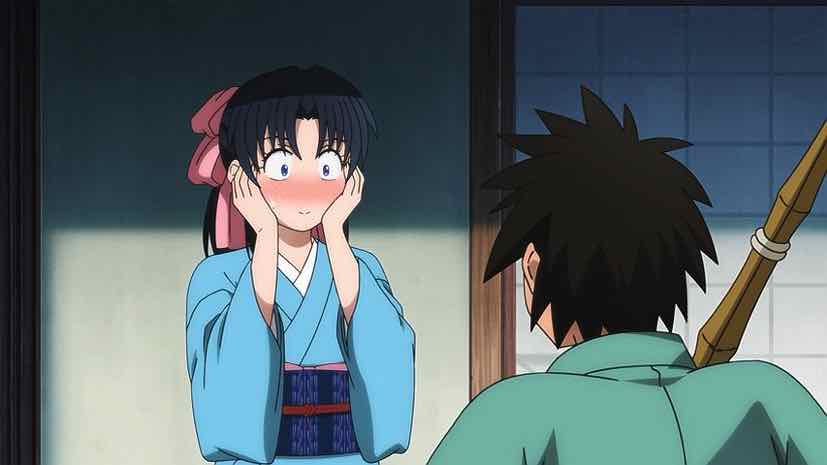 The thugs work for a local merchant of dubious reputation, Takeda Kanryuu (Madono Mitsuaki), and the zaku in the place immediately realize this is big trouble. Sano makes short work of them, but then Beshimi (Yoshino Hiroyuki) arrives and things get even more complicated. He possesses skills considerably beyond the two ruffians, and Kenshin (as usual) finds himself drawn into protecting simply because he’s constitutionally incapable of standing by and doing nothing. In the ensuing kerfuffle several packets of opium fall from Megumi’s sleeve, and it’s clear that she’s very much a part of the problem here.
The thugs work for a local merchant of dubious reputation, Takeda Kanryuu (Madono Mitsuaki), and the zaku in the place immediately realize this is big trouble. Sano makes short work of them, but then Beshimi (Yoshino Hiroyuki) arrives and things get even more complicated. He possesses skills considerably beyond the two ruffians, and Kenshin (as usual) finds himself drawn into protecting simply because he’s constitutionally incapable of standing by and doing nothing. In the ensuing kerfuffle several packets of opium fall from Megumi’s sleeve, and it’s clear that she’s very much a part of the problem here.
 By the time Kanryuu has made a show of disposing of the two thugs dispatched by Sano, it’s clear things are in quite a state. Megumi doesn’t even try and hide the fact that she’s strictly interested in Kenshin as a protector, and refuses to talk about her opium connections and why Kanryuu is so intent on getting her back. Sano is focused on Kanryuu in the crowd on the opposite riverbank, but Kenshin’s eyes are immediately drawn to the man at his side (Uchida Yuuma) – and his interest is mutual. He’s clearly not a mass-produced model, and once Megumi identifies him as the leader of the Oniwaban group, Kenshin knows the game is truly afoot.
By the time Kanryuu has made a show of disposing of the two thugs dispatched by Sano, it’s clear things are in quite a state. Megumi doesn’t even try and hide the fact that she’s strictly interested in Kenshin as a protector, and refuses to talk about her opium connections and why Kanryuu is so intent on getting her back. Sano is focused on Kanryuu in the crowd on the opposite riverbank, but Kenshin’s eyes are immediately drawn to the man at his side (Uchida Yuuma) – and his interest is mutual. He’s clearly not a mass-produced model, and once Megumi identifies him as the leader of the Oniwaban group, Kenshin knows the game is truly afoot.
 Historically speaking, the Oniwaban group was very real. They were a group of onmitsu – agents reporting directly to the Shogun, whose nominal job was security at Edo Castle. In truth there was much more to them, most of their missions were espionage-related, and they’re widely believed to have been ninjas – though that may be at least partly a romanticized view. Why such a group would be linked with what’s effectively a mafioso in Kanryuu is unclear, but of course at this point there is no shogun any longer. And Kenshin is resolutely certain that they’re the ones he has to watch out for in this exchange.
Historically speaking, the Oniwaban group was very real. They were a group of onmitsu – agents reporting directly to the Shogun, whose nominal job was security at Edo Castle. In truth there was much more to them, most of their missions were espionage-related, and they’re widely believed to have been ninjas – though that may be at least partly a romanticized view. Why such a group would be linked with what’s effectively a mafioso in Kanryuu is unclear, but of course at this point there is no shogun any longer. And Kenshin is resolutely certain that they’re the ones he has to watch out for in this exchange.
 Kenshin being Kenshin he brings Megumi back to the Kamiya dojo, which the resident Kamiya is none-too-thrilled about. As ever, he’s in a tough spot – Kaoru and Yahiko are now involved in a very dangerous situation, and the more he shares with them the more danger they’re in. Yahiko is starting to rankle at being left out of both Kenshin’s skirmishes and the conversation about them – after all, he is a charter member of the Kenshingumi (he came up with the name, in point of fact). It’s no spoiler to say that’s going to be a recurring theme in Rurouni Kenshin.
Kenshin being Kenshin he brings Megumi back to the Kamiya dojo, which the resident Kamiya is none-too-thrilled about. As ever, he’s in a tough spot – Kaoru and Yahiko are now involved in a very dangerous situation, and the more he shares with them the more danger they’re in. Yahiko is starting to rankle at being left out of both Kenshin’s skirmishes and the conversation about them – after all, he is a charter member of the Kenshingumi (he came up with the name, in point of fact). It’s no spoiler to say that’s going to be a recurring theme in Rurouni Kenshin.
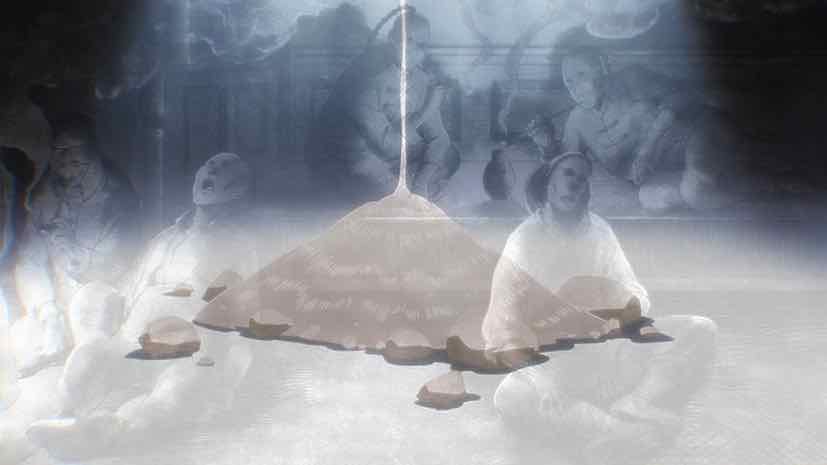 They don’t have to wait long for Kanryuu to take the battle to them. One of the Oniwaban, Hyottoko (Ochiai Fukushi), arrives at the dojo with a literal bang and demands that Megumi be handed over. This is the paradox and harsh reality of Himura Kenshin. There’s no stronger or more resolute protector in Japan, yet the most dangerous place to be is by his side, because he attracts danger from all quarters. This is what it means to be a Kenshingumi, and while the likes of Kaoru or Yahiko would surely say they were fine with that, it’s not so simple for the man himself.
They don’t have to wait long for Kanryuu to take the battle to them. One of the Oniwaban, Hyottoko (Ochiai Fukushi), arrives at the dojo with a literal bang and demands that Megumi be handed over. This is the paradox and harsh reality of Himura Kenshin. There’s no stronger or more resolute protector in Japan, yet the most dangerous place to be is by his side, because he attracts danger from all quarters. This is what it means to be a Kenshingumi, and while the likes of Kaoru or Yahiko would surely say they were fine with that, it’s not so simple for the man himself.


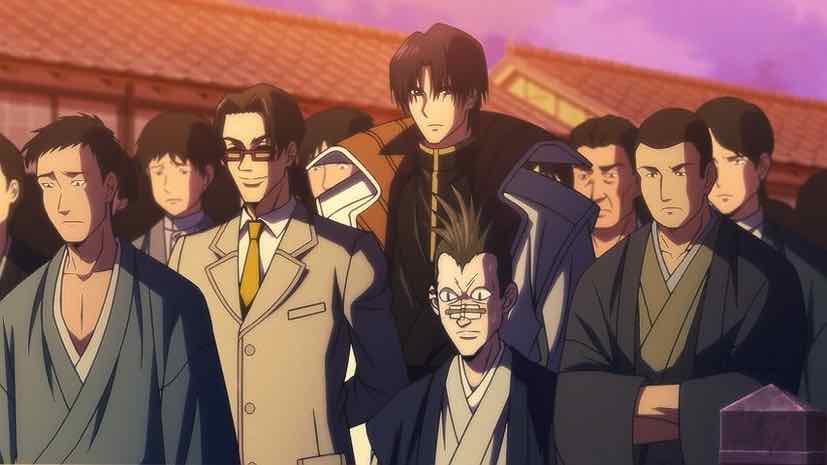

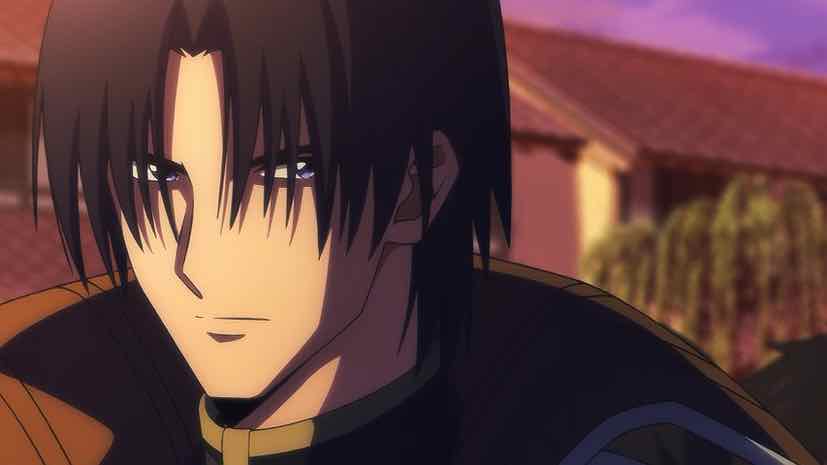
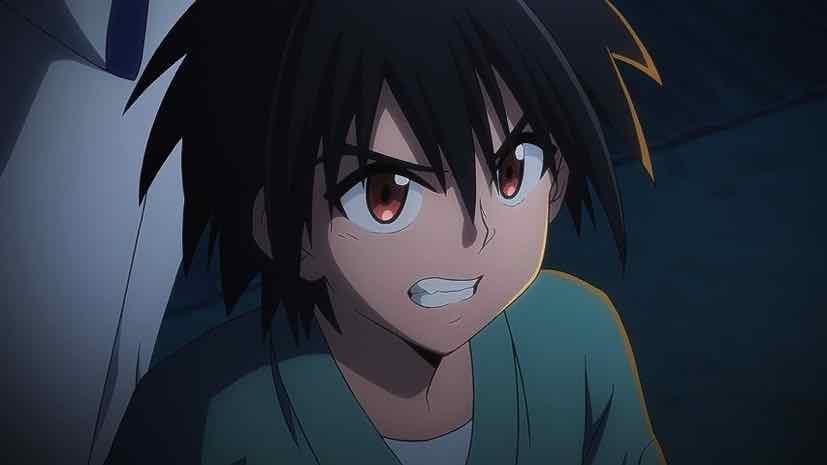
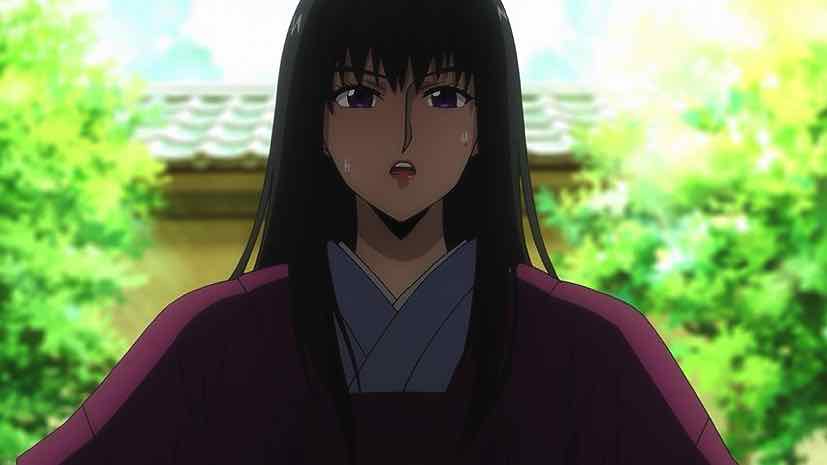

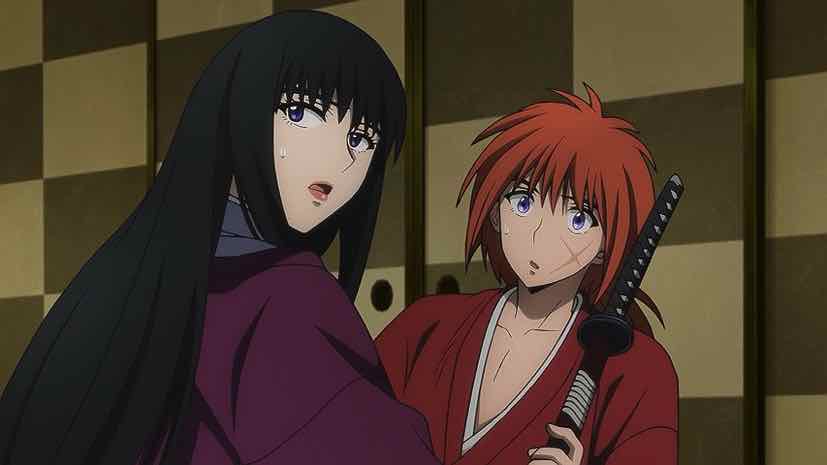

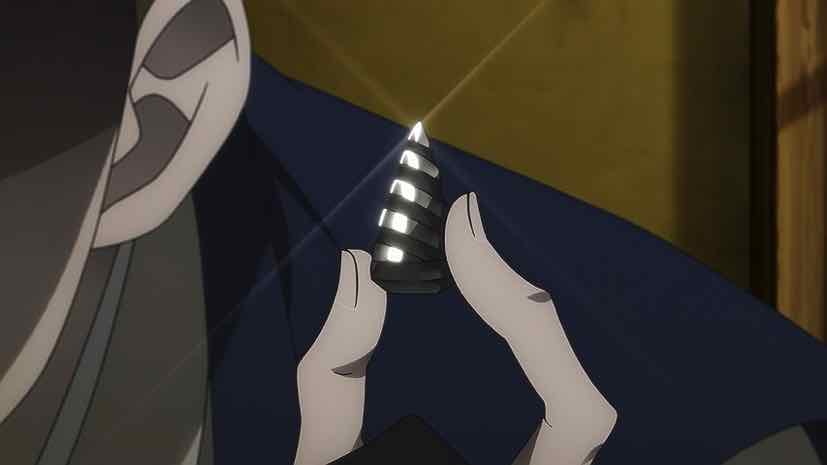
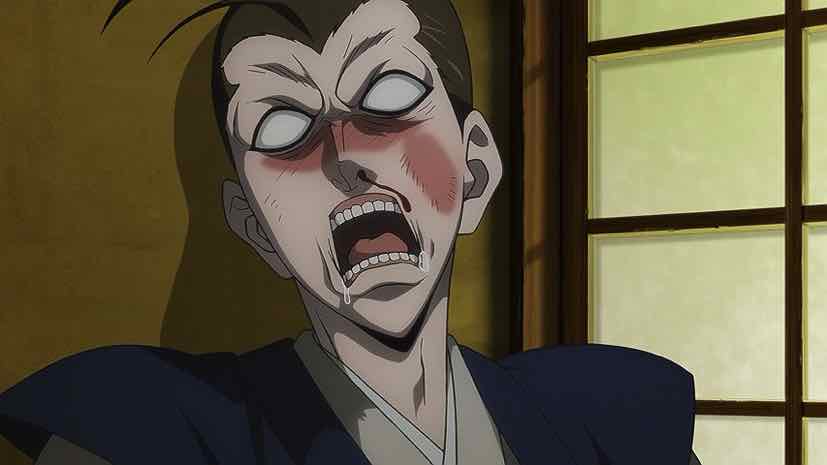
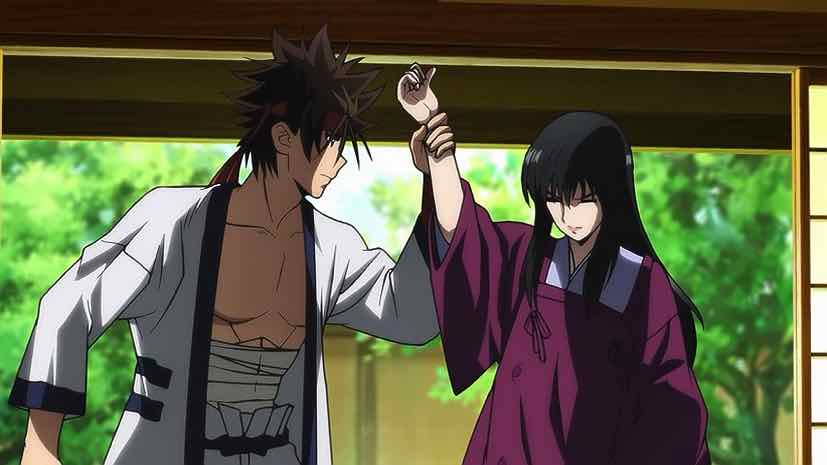
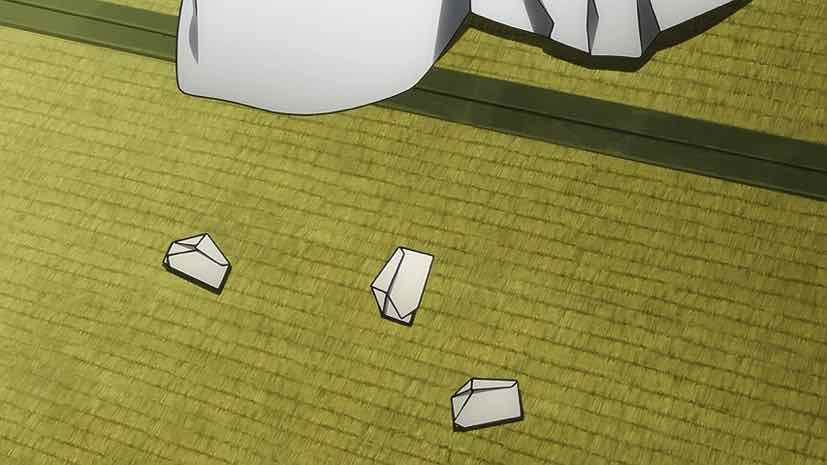

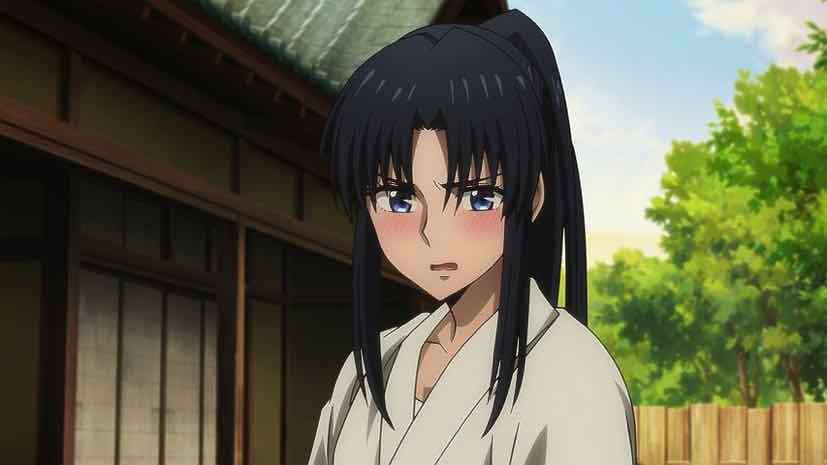
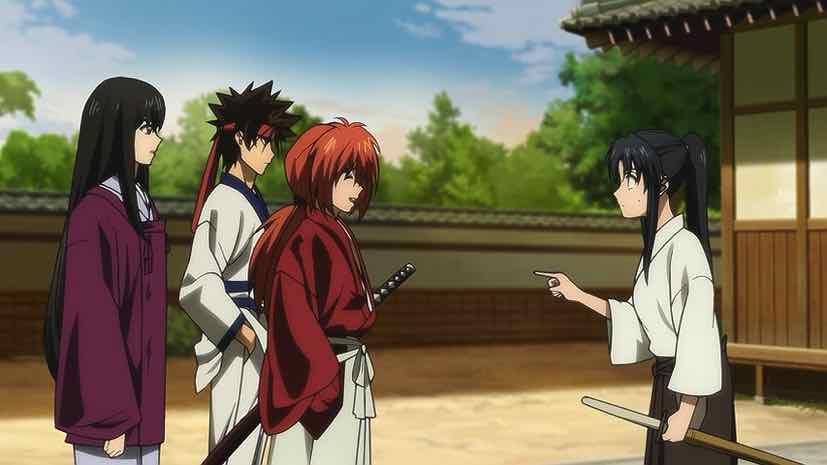
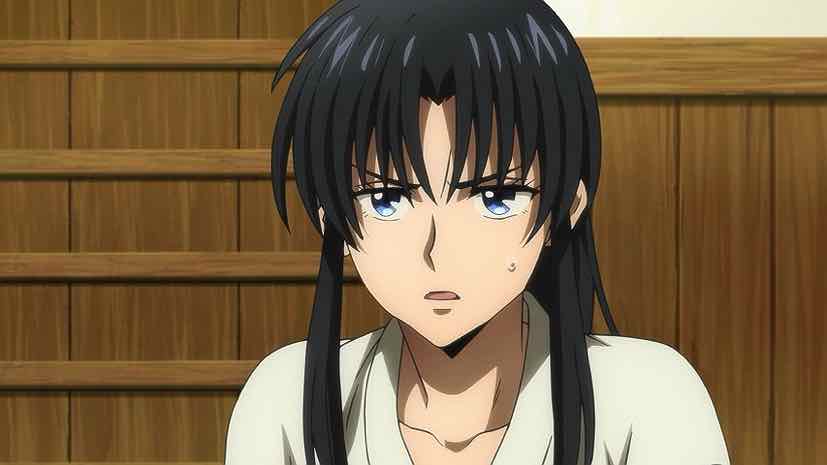
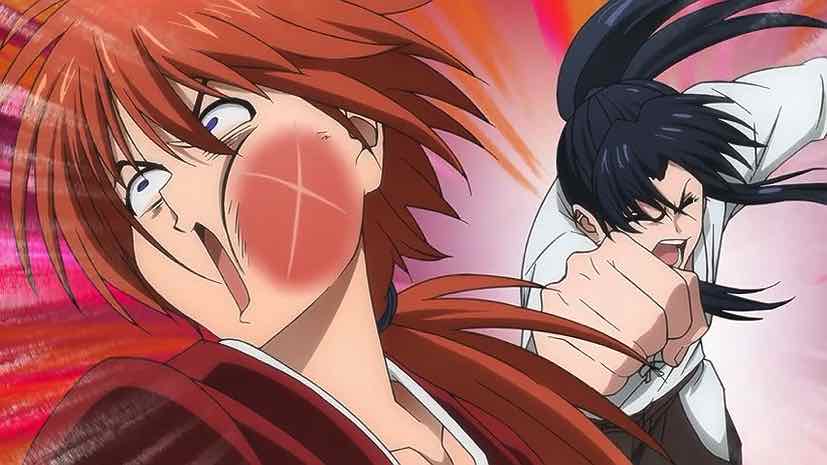

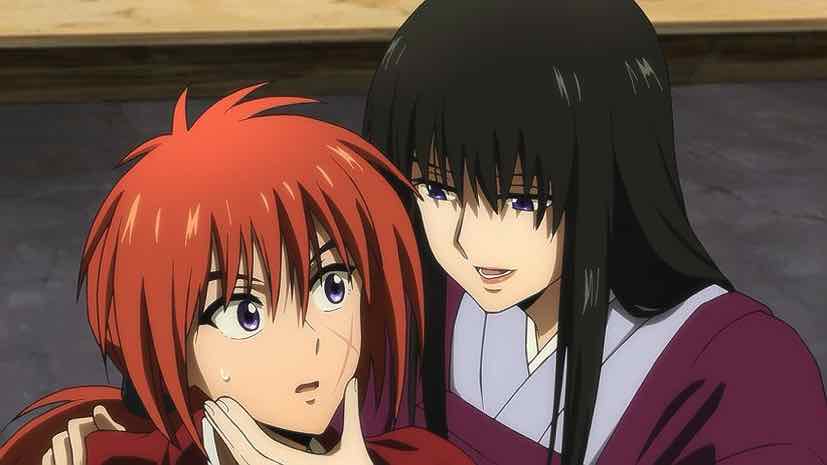



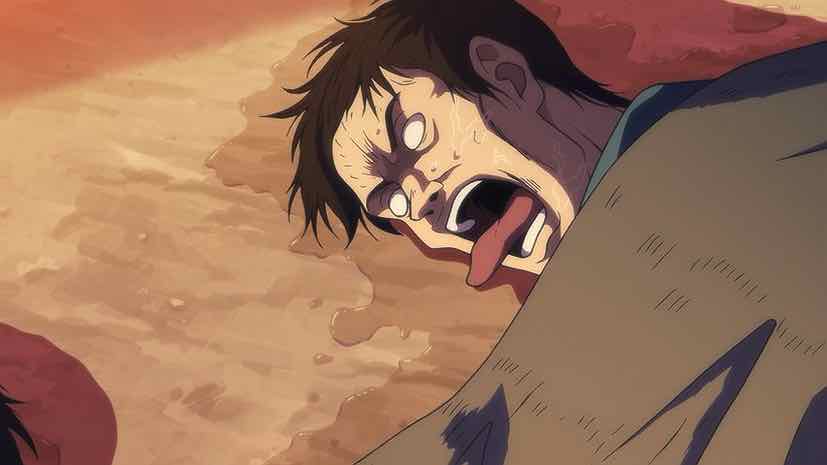
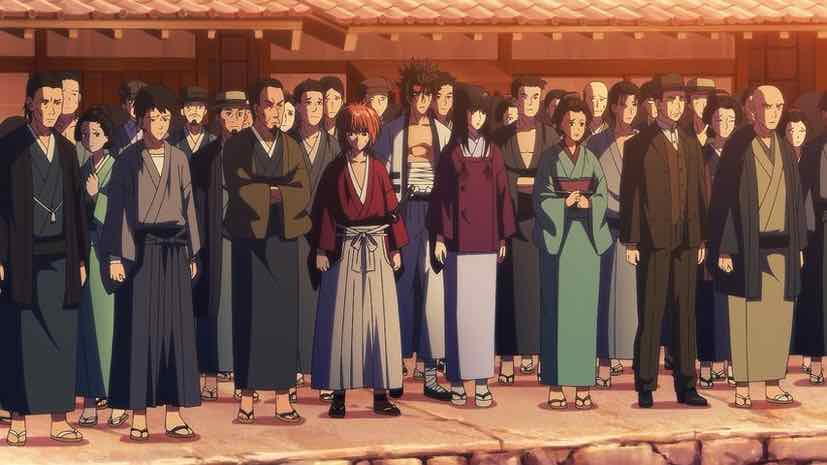
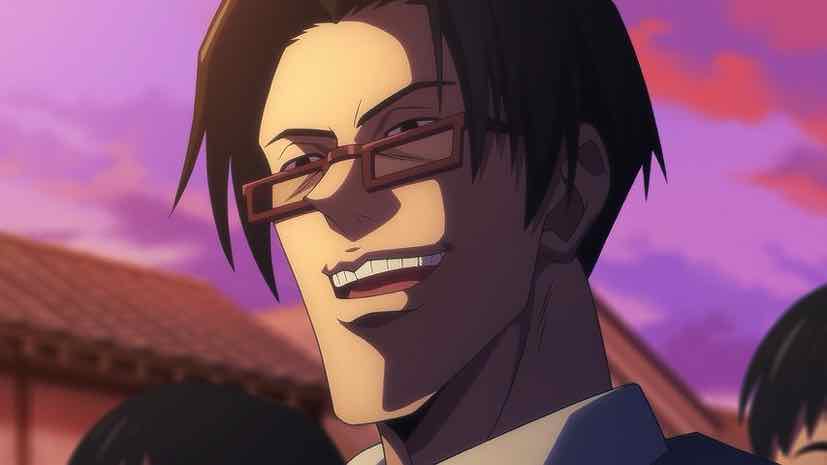
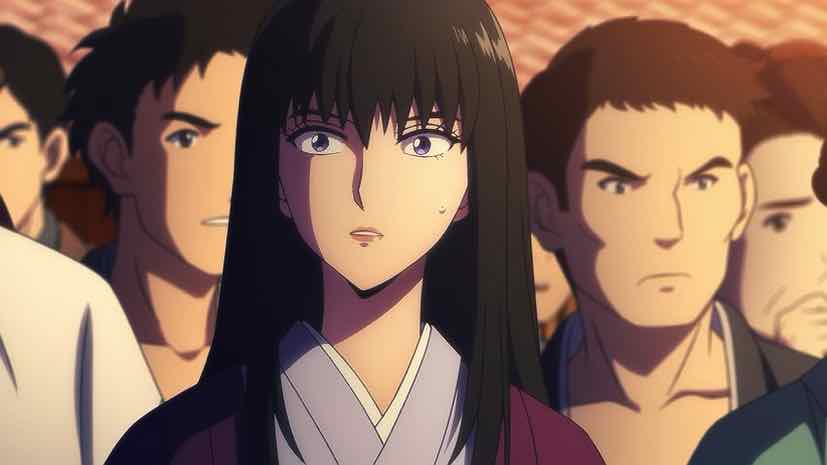
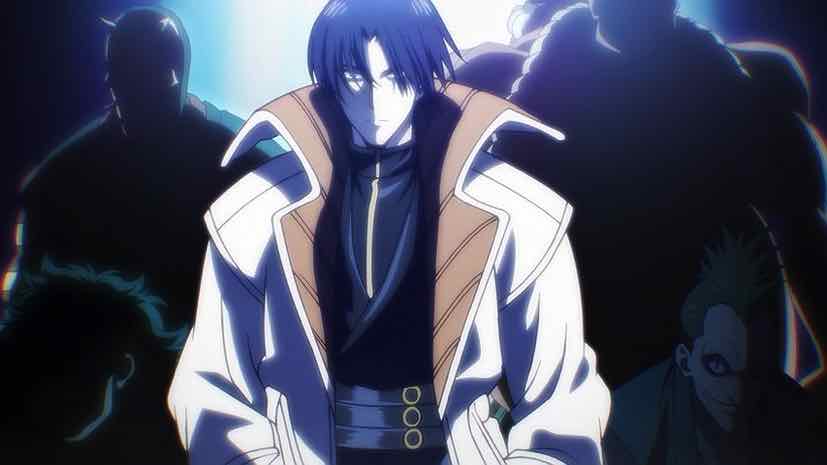

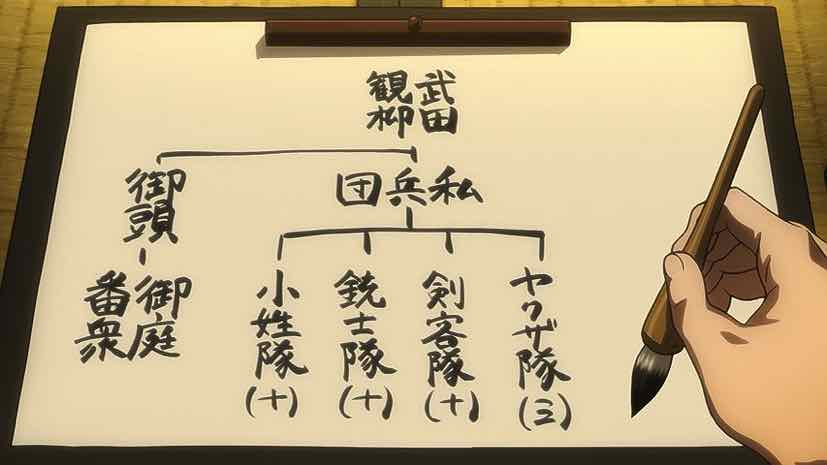

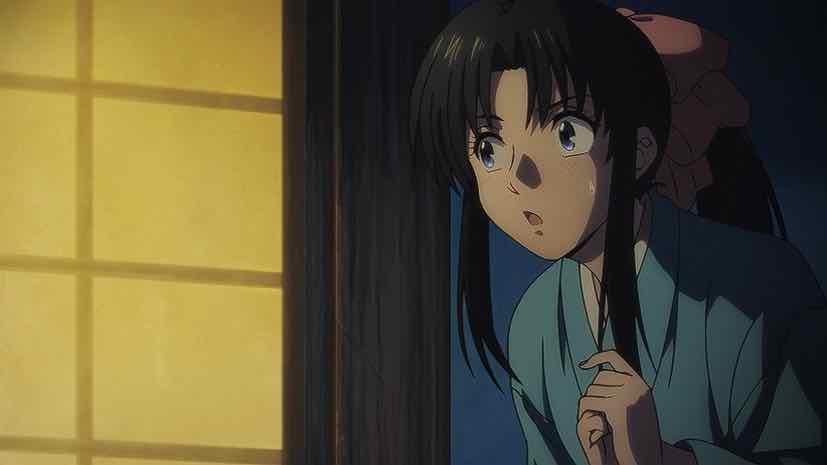
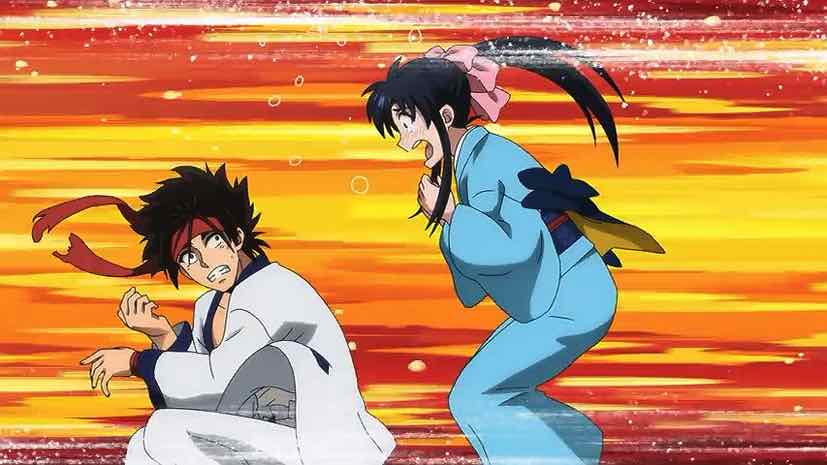



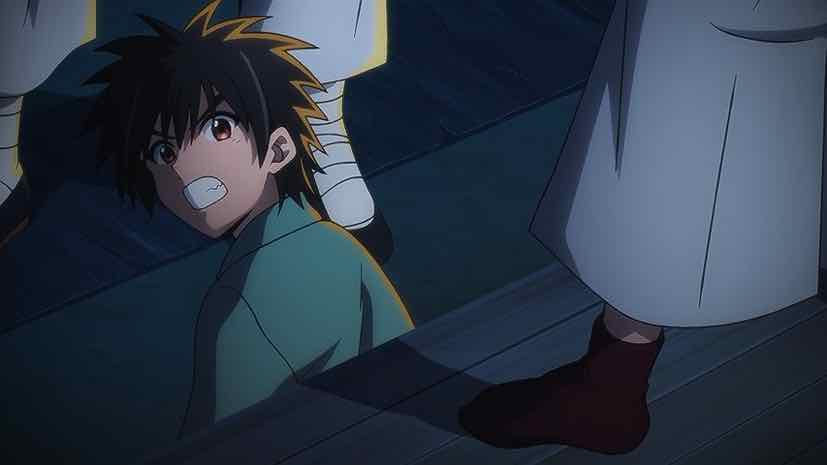

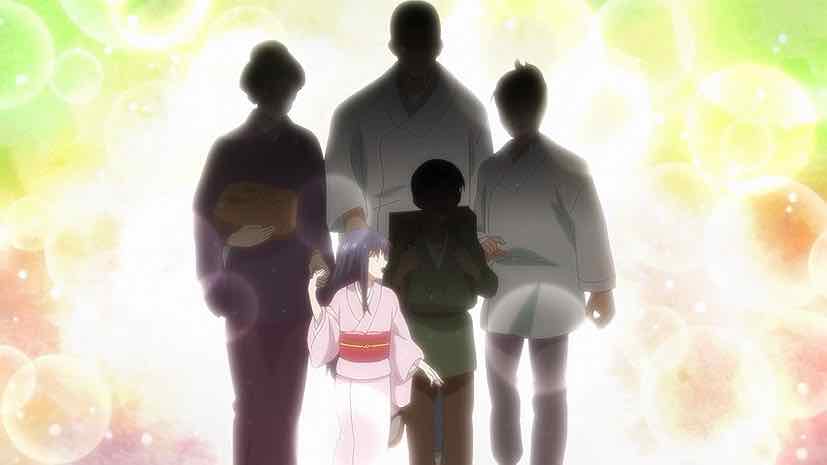



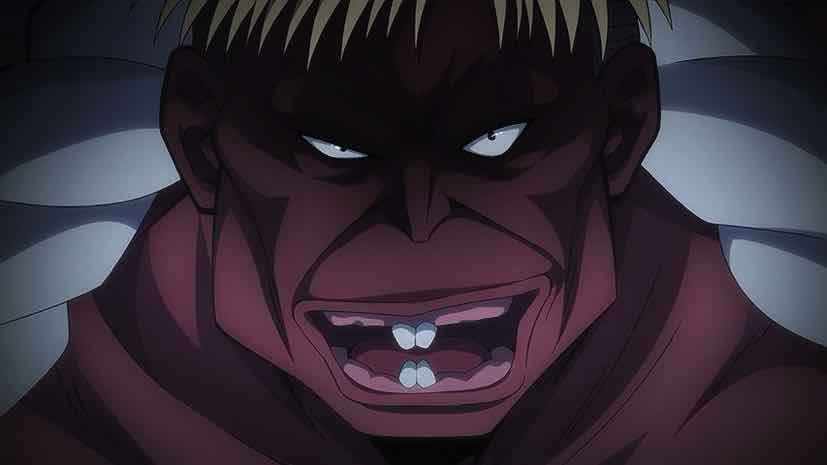


Yann
August 26, 2023 at 1:58 amSlightly random question, but I figured… If someone knows the answer, it would be you! Is “rurouni” pretty much the same as “ronin” and is it an actual word in Japanese? I did search online for a little bit but I didn’t really find any satisfying answer. Thanks… 🙂
Guardian Enzo
August 26, 2023 at 9:24 amAFAIK Watsuki invented the word, presumably because he wanted something that encompasses a slightly different meaning than “ronin” and the word didn’t already exist. In RK mythology a “rurouni” specifically is a ronin who wanders in search of enlightenment and helps the little people (or something like that).
aldeayeah
August 27, 2023 at 6:46 amUsually saw it translated as “vagabond”
Guardian Enzo
August 27, 2023 at 1:17 pmWell, Watsuki basically put the Kanji for “Ru”, which means flow, at the beginning of “rounin”. So I think it’s supposed to conjure an image of a masterless samurai constantly roaming the land. And the Kanji in Kenshin mean “sword” and “heart”.
Yann
August 30, 2023 at 2:38 amThat’s helpful. Thanks!